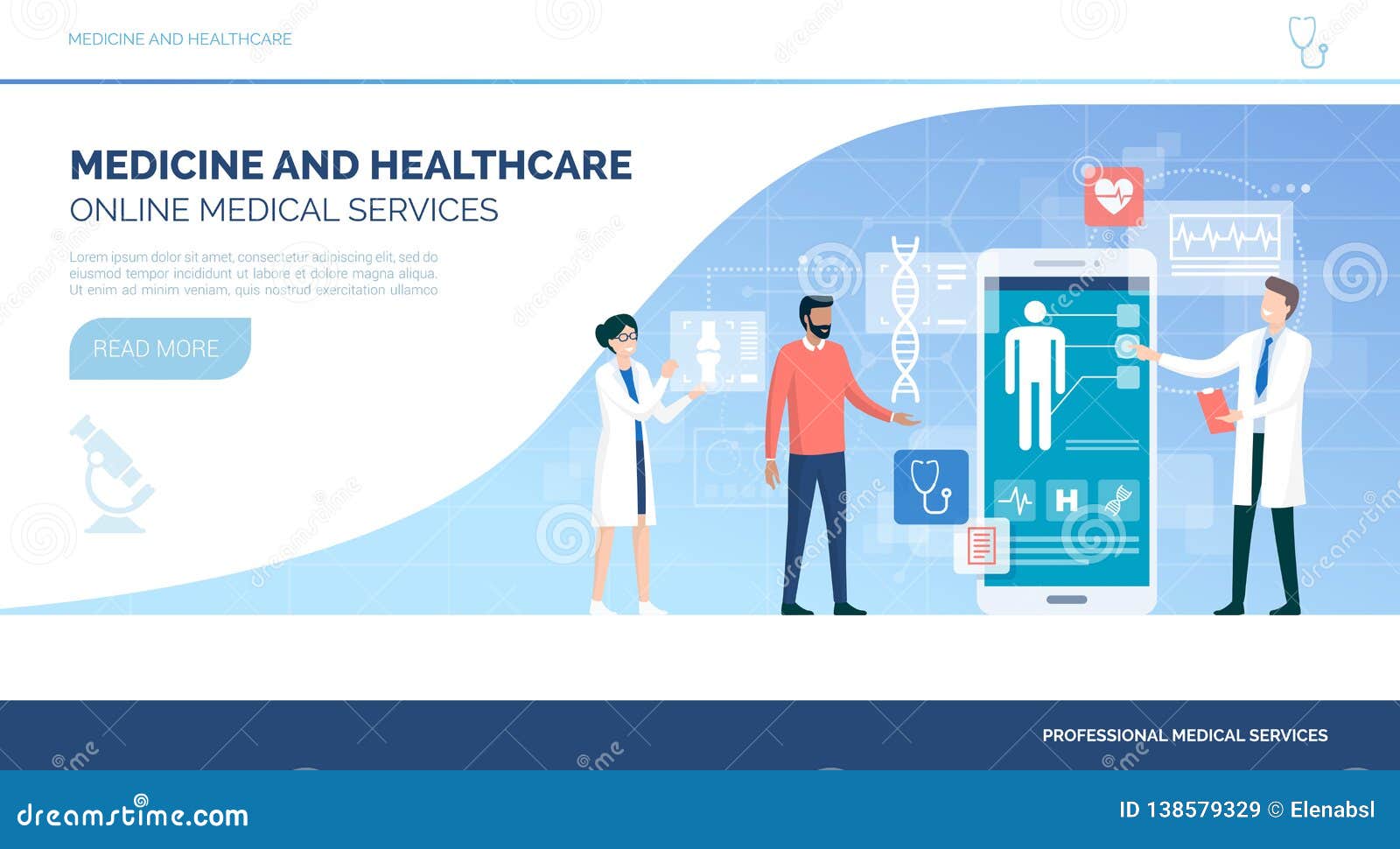Discover the Conveniences of Subscription Based Healthcare for Affordable Medical Care
Discover the Conveniences of Subscription Based Healthcare for Affordable Medical Care
Blog Article
Comprehending the Cost-Effectiveness of Subscription-Based Medical Care Versions
As the healthcare landscape evolves, subscription-based designs arise as an engaging alternative, guaranteeing to redefine just how individuals manage medical expenses. Assessing these versions' cost-effectiveness demands a nuanced contrast with typical insurance coverage, taking into consideration both economic implications and person complete satisfaction. While they supply transparency and predictability in prices, concerns continue to be about their ability to satisfy varied medical care demands, specifically for specialized treatments. The perspectives of doctor additionally complicate this equation, presenting a multifaceted obstacle. What does the future hold for these models, and can they genuinely supply on their promise of available, affordable care?
Introduction of Subscription-Based Designs
Subscription-based medical care versions, often referred to as direct medical care or attendant medication, are significantly getting interest as a possible service to inadequacies within typical medical care systems. These designs operate the concept of offering individuals straight access to healthcare providers via a regular monthly or yearly fee, bypassing the requirement for standard insurance systems. This plan aims to improve patient-provider communications by decreasing management problems, which commonly hinder timely and tailored treatment.
At the core of subscription-based designs is the focus on an extra personalized individual experience. People gain from enhanced accessibility to their doctors, usually consisting of same-day or next-day appointments, expanded assessment times, and direct interaction channels such as phone or video calls. This model cultivates a proactive method to medical care, where patients and suppliers can collaboratively concentrate on preventative treatment and persistent illness administration.

Expense Contrast With Traditional Insurance Coverage

One of the main monetary advantages of subscription versions is transparency in expenses. Conversely, typical insurance may be much more advantageous for people calling for specialized treatment or pricey therapies not covered under a membership model, as they benefit from the wider protection network and cost-sharing systems.
Nonetheless, cost-effectiveness is context-dependent. While membership models might supply savings for those mostly requiring medical care, individuals with chronic conditions or specialized health care needs could discover traditional insurance policy extra thorough. Examining specific healthcare requirements and possible usage is essential in figuring out the most cost-effective option for people.
Effect On Individual Contentment
Person satisfaction within subscription-based healthcare models commonly shows a significant enhancement over conventional insurance policy systems. This enhancement is largely associated to the customized care and access these models use. People often report greater contentment as a result of lowered delay times and the ease of scheduling consultations. Unlike conventional systems, where individuals might experience hold-ups in getting treatment, subscription-based designs ensure even more direct and timely communications with doctor.
Additionally, the openness in expenses linked with subscription-based healthcare minimizes the usual irritations connected to unforeseen charges and intricate invoicing processes seen in conventional insurance (subscription based healthcare). Clients value recognizing the precise financial dedication upfront, leading to raised count on and self-confidence in their healthcare administration
Additionally, the emphasis on precautionary care and health in subscription designs adds to Recommended Site boosted health outcomes, even more enhancing client complete satisfaction. By concentrating on ongoing health and wellness maintenance instead of episodic care, patients experience an even more holistic and constant healthcare journey.
Additionally, the improved provider-patient connection cultivated in these models, defined by even more time invested per client and individualized interest, plays a vital role in raising patient fulfillment degrees, as patients really feel genuinely looked after and understood.
copyright Experiences and viewpoints
From the provider's perspective, subscription-based healthcare designs use a transformative approach to supplying clinical services. These versions emphasize a preventative and proactive health care technique, allowing suppliers to concentrate on thorough patient care without the restraints of typical fee-for-service arrangements (subscription based healthcare). This shift in focus usually results in enhanced person end results and boosted supplier complete satisfaction, as medical care professionals can allot more time and resources to person interaction and customized treatment strategies
Additionally, registration versions facilitate predictable income streams, which improve economic security for medical care service providers. This predictability permits for boosted source preparation and allotment, contributing to a much more efficient medical care delivery system. Service providers can spend in team innovation, framework, and training enhancements, therefore enhancing the quality of treatment used.
However, the transition to subscription-based versions is not without challenges. Suppliers need to adapt to new operational frameworks, which can entail considerable modifications in billing methods and individual management systems. Additionally, there is a fundamental requirement for robust information administration to track individual redirected here outcomes and ensure quality care. In spite of these obstacles, several suppliers locate that the benefits of boosted person communication and streamlined operations exceed the preliminary obstacles, making subscription-based versions an attractive option.
Future Prospects and Obstacles

A key challenge is governing conformity, as membership designs need to stick to advancing health care policies and insurance coverage demands. This necessitates continuous adaptation and advancement to make certain positioning with lawful requirements. In addition, integrating these designs into existing healthcare infrastructures can be complex, calling for significant financial investments in modern technology and training.
There is additionally the possible danger of developing injustices in health care accessibility, as registration designs might prefer those that can manage them, leaving prone populations underserved. Addressing this needs thoughtful factor to consider of prices approaches and subsidy devices to guarantee inclusivity.
Conclusion
Subscription-based health care versions offer a viable option to typical insurance coverage by using financial predictability and transparency, especially benefiting individuals with persistent conditions or regular medical care demands. The cost-effectiveness of these versions rests upon private health care use patterns and situations. While they might enhance individual fulfillment and enhance budgeting, challenges remain in dealing with specialized care demands. Future factors to consider include balancing detailed insurance coverage with affordability and incorporating these models within the wider healthcare system for optimum end results.
Subscription-based medical care designs, occasionally referred to as direct primary care or concierge medication, are significantly obtaining Continue focus as a potential remedy to inefficiencies within traditional medical care systems. Unlike typical systems, where people could experience hold-ups in receiving care, subscription-based versions guarantee more prompt and direct interactions with medical care companies.
These designs stress a preventative and aggressive healthcare strategy, enabling providers to concentrate on comprehensive patient treatment without the restrictions of standard fee-for-service setups. As these designs proceed to acquire grip, they offer the potential to transform patient access to care, improve solution shipment, and enhance medical care spending.Subscription-based healthcare designs offer a viable choice to conventional insurance coverage by supplying economic predictability and transparency, specifically profiting individuals with chronic problems or constant healthcare requirements.
Report this page